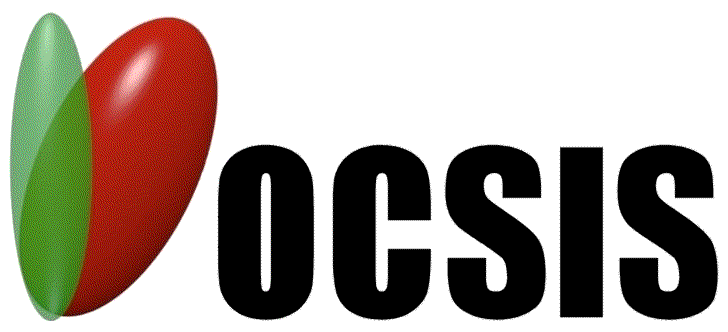Today, medical computed tomography instruments, such as CT and MRI, are widely used in clinical practice. These remarkable fruits of innovation produce minute three-dimensional data from human body non-invasively. But current utilization of the devices is quite limited compared with its potential. Some part in cross-sectional images showing an organ of interest are examined by human eye. Only trained medical professionals can interpret the images. As an average people, we can only nod unconvincingly when doctor explains what these blurred black-and-white pictures mean.
Everybody has strong concern about any sign from their mortal body. Thanks to tremendous advances in IT technology, computing power of PC exceeds that of decade old main frames, and optical fiber or high-speed wireless communication become ubiqiutous. Many people who take CT scan would want to take the data if they could investigate structure of their body by themselves using comprehensible tool running on their PC or tablet. Vocsis provides a solution to this intrinsic need as ANATOMIA, Web and stereoscopic DICOM image processing service. The service fosters patients' consciousness to their health. By knowing internal structures of their own body, patients not only strengthen their involvements to treatments, but are motivated to alleviate their lifestyle related diseases.
ANATOMIA implements advanced signal processing algorithms running on a high-performance Web server that generate stereoscopic models showing body structures from slice images of CT or MRI. The procedure how to use the service is simple. Patient who undergoes CT scan asks hospital to copy scan images into a CD ROM or DVD, and uploads them to personalized repository in ANATOMIA. Specifying volume of interest and cutoff values, stereoscopic model is generated. This model is displayed along with corresponding part of the cross-sectional images, and you can observe the model from any direction using the mouse.
The mechanism of Vocsis’s new service eventually opens a door to further important innovation. The mechanism converts raster data of medical slice images to computer-friendly vector data. When the vector data is processed together with doctor's diagnostic results by applying machine learning technology, invaluable knowledge can be obtained as computer-assisted diagnostics technology. The era of full-fledged computer-assisted diagnosis will begin from ANATOMIA.

